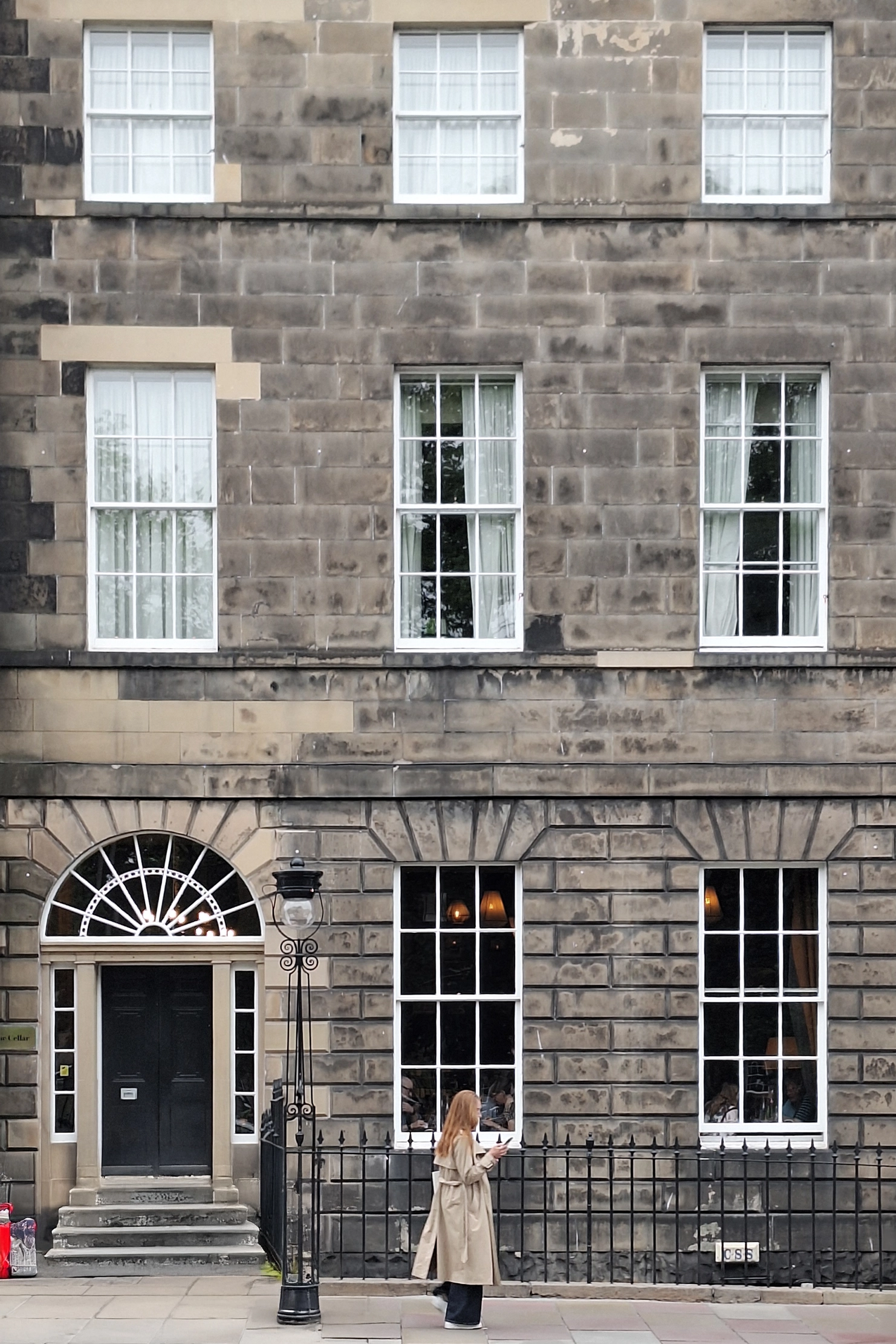Living Architecture
In today’s world of constant hurry, architecture has become obsessed with newness and perfection. In the pursuit of making things perfect for the eye, we sometimes forget to consider how to make them appealing to the other senses. In doing so, we miss the chance to create emotion and atmosphere.
Through architecture, we domesticate space. We create a mediator between the vastness of nature and the intimacy we seek. But more than that, we try to shape time. Time, too, must be brought to human scale and meaning. In this sense, architecture gives physical and cultural form to the moment we live in. In an age of acceleration, is architecture simply keeping pace?
As a society, we insist on novelty and contemporaneity. We want our buildings to stay new forever. We choose materials that resist age, colours that remain unchanged. We try to eliminate all signs of ageing, both in our bodies and our surroundings.
Yet these materials, while polished and enduring in appearance, often lead to cold and alienating environments. Meanwhile, we are drawn to the warmth of old cities, places layered with history and presence, with patina and texture.
Ultimately, we design with our eyes, but we experience space through sound, touch, and smell just as much. Modern architecture often prioritises form, volume, and detail, but overlooks atmosphere. Historic architecture, in contrast, is rich with textures, natural materials, and the alternation of light and shadow. It invites contact. It accepts time as part of the experience. It celebrates use rather than erasing it.
Our obsession with perfection makes architecture vulnerable. Time doesn’t add dignity to these buildings—it erodes them. In the last few decades, novelty has become not just a goal but a value in itself.
But there is a deep difference between the ideal image of life and real living. Life is imperfect and full of contradictions. Architecture that accepts this creates space for what truly matters.
Imperfection is essential. It shows that something is in process, that change is occurring. Nothing alive is ever entirely finished. One part fades, another begins.
Contemporary art understands this. The works of Anselm Kiefer, Richard Serra, and the films of Andrei Tarkovsky embrace erosion, impermanence, and complexity.
Even ecological architecture is shifting. Today, it values more than just responsible materials and processes. It begins to treat them as sources of beauty. As the poet Joseph Brodsky once wrote:
“The purpose of evolution, believe it or not, is beauty.”
Where To Next?
- Article
From the K&D Cup to Wimbledon
Just one year ago, Ivan Ivanov and Alexander Vasilev were competing in the K&D Cup at Tennis Club Diana in Sofia — a home-ground tournament powered by belief in young Bulgarian talent. Now, they’ve made history. Ivanov has just been crowned Junior Wimbledon Champion, and Vasilev reached the semi-finals.
14 July 2025 - Article
The Office as а Strategy: SGI at the Office Investments & Workspace Forum 2025
Where is office design heading? And what role does architecture play in meeting the changing expectations of the modern workplace?
18 May 2025
